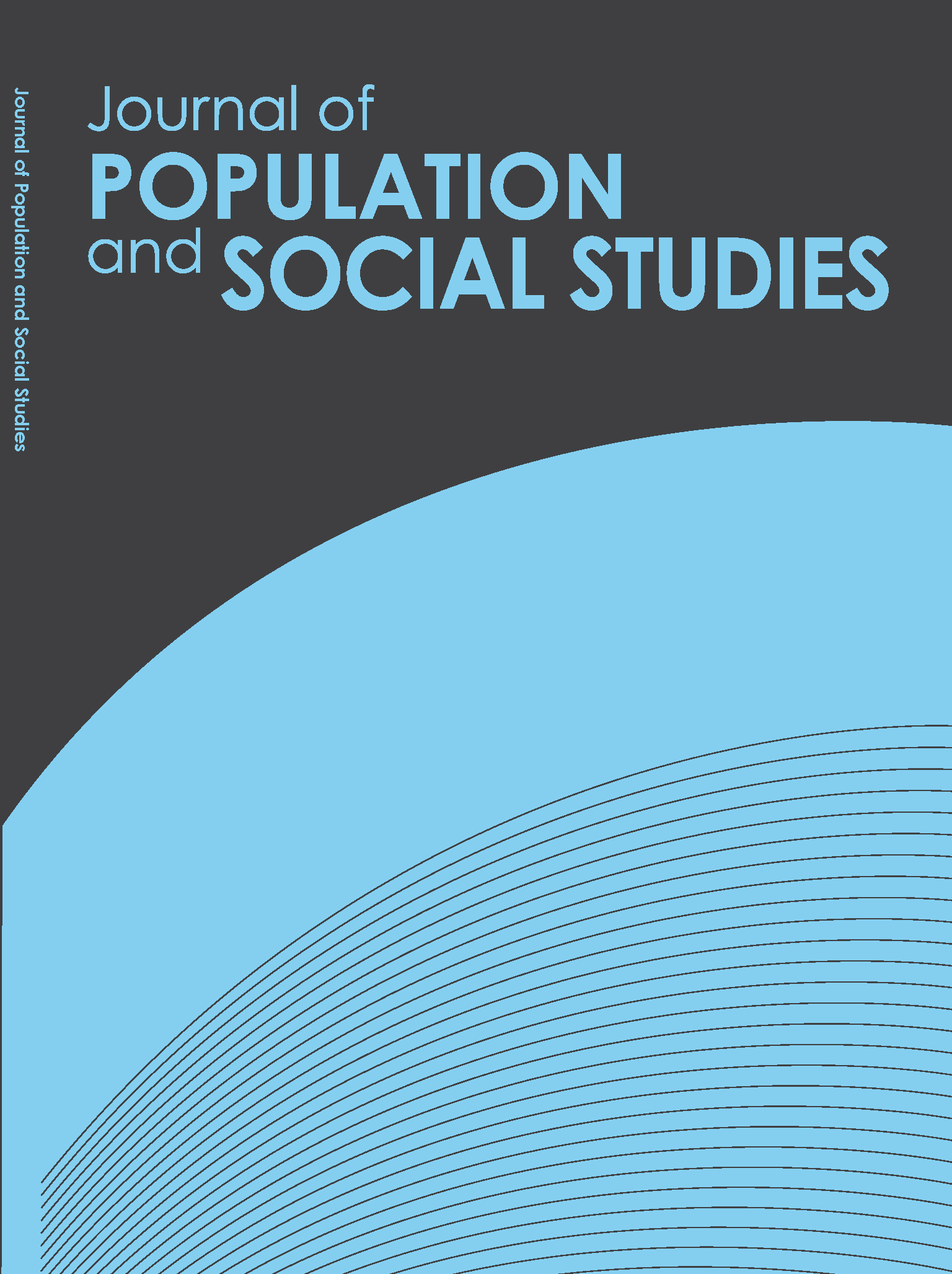Location Choice of Asian Immigrants in the United States: Do Neighbor Effects Matter?
Main Article Content
Abstract
Spatial consideration has been neglected in the migration literature. This paper fills the gap by evaluating location choices of Asian immigrants in the United States in a spatial framework. New Asian immigrants from China, India, Japan, South Korea and the Philippines are examined using the American Community Survey (ACS) 1-year Public Use Microdata Sample (PUMS) data for the years spanning 2006 to 2011. Current activity in the United States and national origin are used to divide the immigrants into sub-groups for analysis. Neighbor states’ characteristics and spatial dependence (studied in spatial econometrics) are considered. No spatial dependence is detected, except for the Philippine immigrant group. Many immigrants consider not only a state’s characteristics but also its neighbor states’ characteristics. For some immigrant groups, neighbor states exert strong competing effects, while for other groups, neighbor states’ characteristics have complementary effects. In either case, to encourage or discourage certain immigration, state governments will need to consider not only their own conditions but also those of neighbor states, so that they can design and implement the most appropriate immigration policies.
Article Details
References
Anselin, L. (1988). Spatial econometrics: Methods and models. Dordrecht, Holland: Kluwer Academic Publishers. doi: http://dx.doi.org/10.1007/978-94-015-7799-1
Anselin, L. (2006). Spatial econometrics. In T. C. Mills and K. Patterson (Eds.), Palgrave handbook of econometrics: Volume 1, econometric theory (pp. 901-969). Basingstoke, United Kingdom: Palgrave Macmillan.
Ashby, N. J. (2007). Economic freedom and migration flows between U.S. states. Southern Economic Journal, 73, 677-697.
Bartel, A. P. (1989). Where do the new U.S. immigrants live? Journal of Labor Economics, 7(4), 371-391. doi: http://dx.doi.org/10.1086/298213
Bauer, T., Epstein, G. S. & Gang, I. N. (2005). Enclaves, language, and the location choice of migrants. Journal of Population Economics, 18(4), 649-662. doi: http://dx.doi.org/10.1007/s00148-005-0009-z
Bauer, T., Epstein, G. S. & Gang, I. N. (2007). The influence of stocks and flows on migrants’ location choices. In S. W. Polachek and O. Bargain (Eds.), Research in Labor Economics (pp. 199-229). Bingley, United Kingdom: Emerald Group Publishing Limited. doi: http://dx.doi.org/10.1016/s0147-9121(06)26006-0
Buckley, F. H. (1996). The political economy of immigration policies. International Review of Law and Economics, 16(1), 81-99. doi: http://dx.doi.org/10.1016/0144-8188(95)00056-9
Cushing, B. & Poot, J. (2004). Crossing boundaries and borders: Regional science advances in migration modelling. Papers in Regional Science, 83(1), 317-338. doi: http://dx.doi.org/10.1007/s10110-003-0188-5
Debarsy, N. & Ertur, C. (2010). Testing for spatial autocorrelation in a fixed effects panel data model. Regional Science and Urban Economics, 40(6), 453-470. doi: http://dx.doi.org/10.1016/j.regsciurbeco.2010.06.001
Dodson, M. E. (2001). Welfare generosity and location choices among new United States immigrants. International Review of Law and Economics, 21(1), 47-67. doi: http://dx.doi.org/10.1016/s0144-8188(00)00040-5
Dunlevy, J. A. (1991). On the settlement patterns of recent Caribbean and Latin immigrants to the United States. Growth and Change, 22(1), 54-67. doi: http://dx.doi.org/10.1111/j.1468-2257.1991.tb00541.x
Funkhouser, E. & Ramos, F. A. (1993). The choice of migration destination: Dominican and Cuban immigrants to the mainland United States and Puerto Rico. International Migration Review, 27(3), 537-556. doi: http://dx.doi.org/10.2307/2547099
Greenwood, M. J. (1975). Research on internal migration in the United States: A survey. Journal of Economic Literature, 13, 397-433.
Harris, J. R. & Todaro, M. P. (1970). Migration, Unemployment and Development: A Two-Sector Analysis. The American Economic Review, 60, 126-142.
Jaeger, D. A. (2007). Green cards and the location choices of immigrants in the United States, 1971-2000. Research in Labor Economics, 27, 131-183. doi: http://dx.doi.org/10.1016/s0147-9121(07)00004-0
Jones, R. C. (1995). Immigration reform and migrant flows: Compositional and spatial changes in Mexican migration after the Immigration Reform Act of 1986. Annals of the Association of American Geographers, 85(4), 715-730. doi: http://dx.doi.org/10.1111/j.1467-8306.1995.tb01822.x
Kaushal, N. (2005). New immigrants’ location choices: Magnets without welfare. Journal of Labor Economics, 23(1), 59-80. doi: http://dx.doi.org/10.1086/425433
Lee, L. F. & Yu, J. H. (2010). Estimation of spatial autoregressive panel data models with fixed effects. Journal of Econometrics, 154(2), 165-185. doi: http://dx.doi.org/10.1016/j.jeconom.2009.08.001


